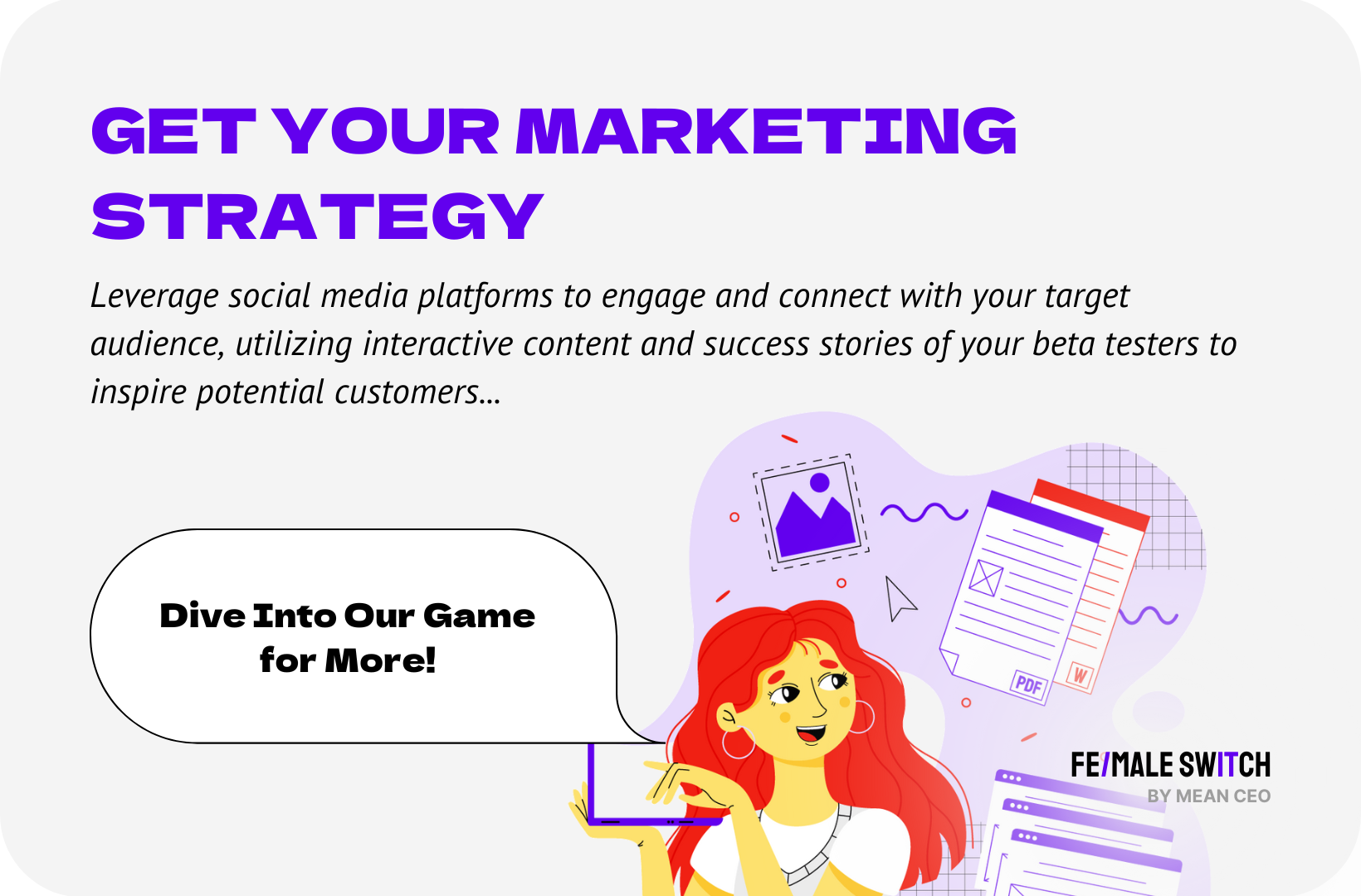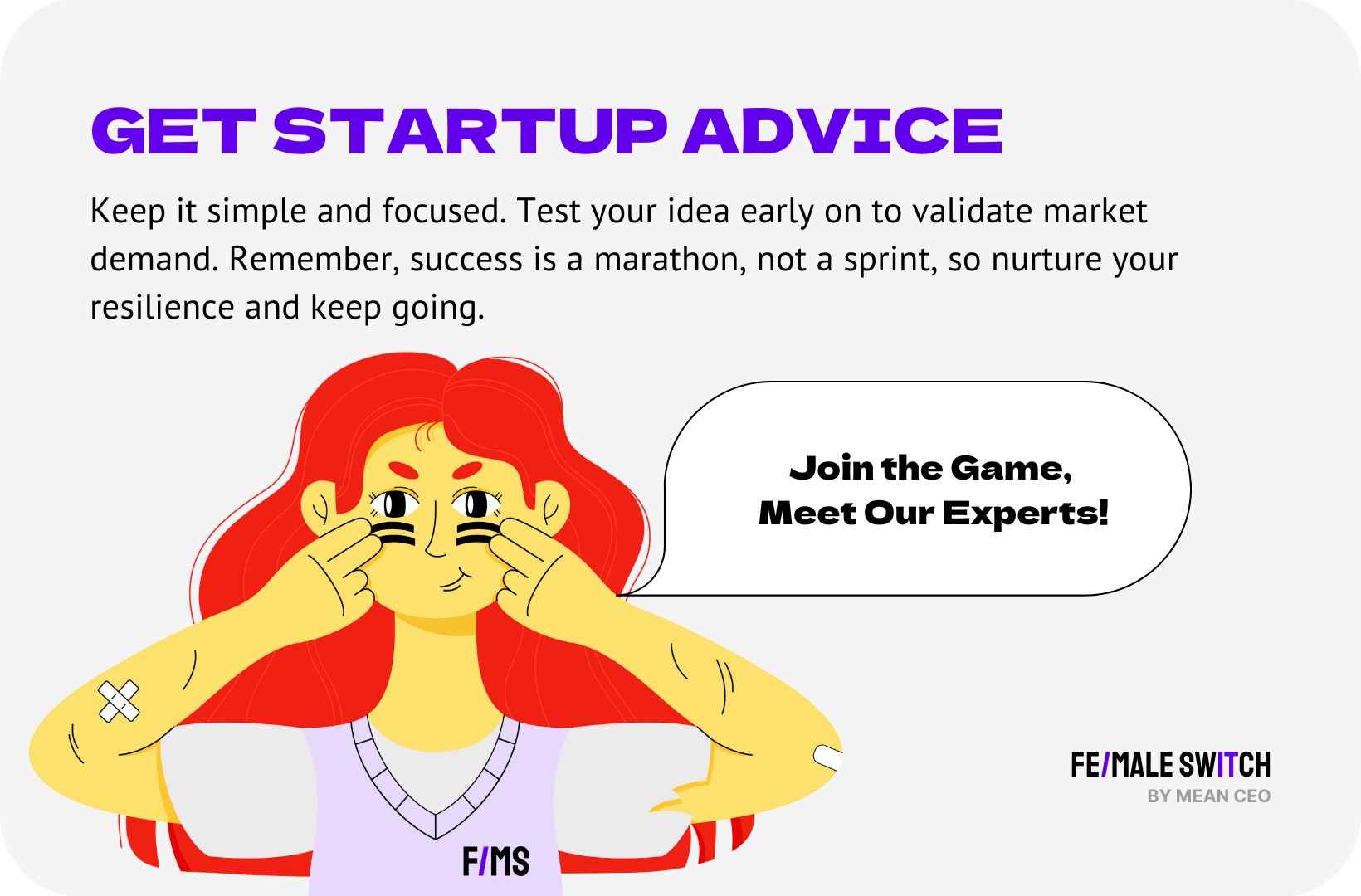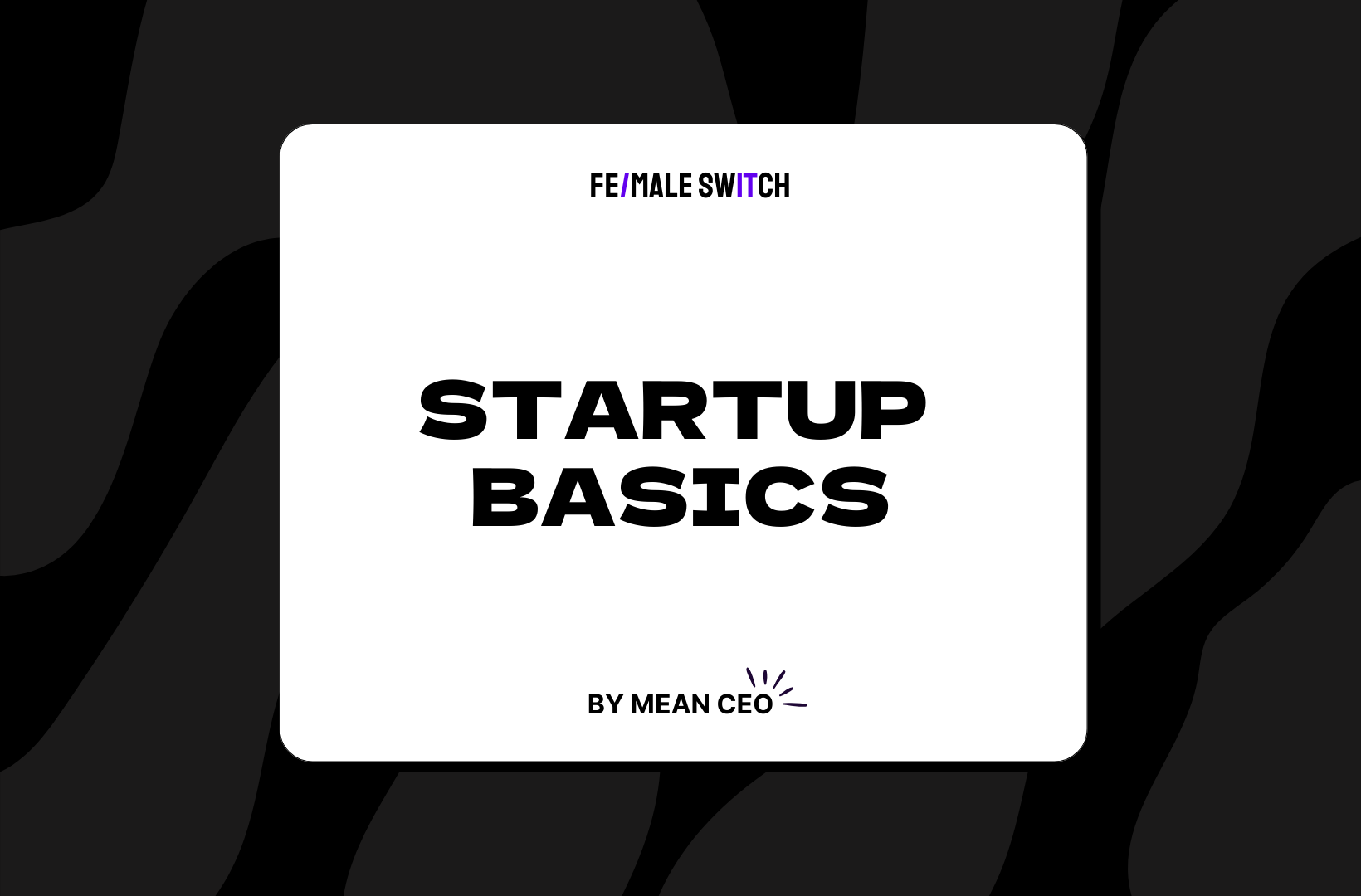TL;DR
Embarking on the startup journey doesn't require you to have a one-of-a-kind idea. It's about nurturing it with audience feedback, validating with simple tools, executing with finesse, and maybe, a little bit of tech magic.
The startup journey is less about having a novel idea and more about process and execution. Utilizing AI and no-code tools can streamline validation and prototyping, while audience engagement and feedback refine your direction.
From Napkin Notes to Startup Notes: The Real Hustle Behind Unique Ideas
You've heard it a million times: you need a unique and groundbreaking idea to start a successful business. But anyone in the startup trenches can tell you that the idea - that "aha!" moment - is just the first step in a marathon of sweat, tears, occasional laughter, and iterating till your coffee goes cold. In this rabbit hole of digital entrepreneurship, where one disruptive app could redefine human habits (looking at you, Instagram), the pressure to be original is intense. Yet, here lies the conundrum: the brightest ideas may dazzle but often fizzle out in the absence of solid execution and market receptivity.
Take the cautionary tale of a now-defunct startup that nailed the concept of social media integration for event planning—on paper. They had the right idea, at the right time, but the execution missed the mark, ultimately succumbing to the harsh realities of user disinterest and funding droughts. If only they had listened to the users, iterated faster, or even used the slew of tech tools available today, their story might have ended differently.
Demystifyi0ng the Startup Idea Myth: Embrace Process Over Genius
So, you’ve been hit with a lightning bolt of inspiration, and you're ready to hatch the next unicorn. Hold your horses! Before you go down that path, ask yourself: is striving for a unique and innovative idea the real key to startup success?
Contrary to the stories of overnight successes and idea epiphanies, most startups are not the progeny of a single eureka moment. Rather, they evolve from ordinary ideas, refined through a process of relentless validation and pivoting.
I learned this the hard way with my first startup venture. We believed we had a world-changing concept, only to realize that our potential customers were not quite as enamored with it as we were. The lesson? It’s not just the brilliance of the concept that counts, but how it rings true with the people who will actually use it.
That's where the magic of audience-building comes in—before perfecting your product. We pivoted towards using community feedback as our guiding compass, which allowed us to reshape our product into something that resonated deeper with our target market.
Let us not forget the role of execution. It's hundreds of times harder, longer, and more tiresome than dreaming up ideas. To get through this marathon, familiarize yourself with AI tools like Annie (the writing assistant) or Boris (the logo creator). They'll help you churn out prototypes and marketing collateral faster than you could say 'venture capital'.
A powerful ally in this quest for efficiency is no-code platforms. Tools like Bubble, Adalo, or Tilda empower the technologically disinclined among us to bring ideas to life without writing a line of code. One of our early prototypes was a simple website, built on Tilda, with a Tally form for gathering user feedback. It was rudimentary but indispensable for pre-validation.

Remember, in the land of startups, speed is queen. Learning to quickly validate (or invalidate) ideas means you can move on without wasting precious time or resources. We used Make (formerly Integromat) to automate feedback processes, cutting down on the manual labor involved in understanding customer preferences.
Your startup plan doesn't need to be a thick dossier. A lean canvas or a business model canvas can guide your strategy without the bloat. In fact, I swear by the business model canvas template to keep our business agile and responsive to change.
In essence, your startup idea doesn't have to be the first of its kind or the most innovative thing since sliced bread. What matters is your commitment to the journey—embracing the grind of development, the teachings of feedback, and the tools that make both easier to manage.
Tools of the Trade: How AI and No-Code Build Startups Faster
Starting a business can seem daunting, but have no fear—the tech cavalry is here! Let's talk about no-code tools and AI, the dynamic duo of the startup world.
No-code platforms are like giving you the keys to the startup kingdom. Bubble, for instance, lets you create interactive web apps without a drop of developer sweat. With Adalo, we crafted a mockup of our app's user interface in mere hours—something that would traditionally take weeks.
But it's not enough to build quickly; you must also iterate quickly. Tally, the hassle-free form builder, collects user feedback so you can adjust on the fly. Did you know our early user feedback loops were built entirely using Tally? That's the beauty of no-code—turning hours of potential coding into just a few clicks.
Speaking of quick, AI tools crank efficiency up to eleven. Take Make, your automation wizard. It connects disparate tools and automates workflows. Our CRM, email campaigns, and user feedback were all orchestrated seamlessly with Make, buy us a little more time to focus on the big picture.
Enter AI writing tools like Annie and Aiden, crafted to spit out product descriptions and clever business names. Trust me, the time saved having AI churn out iterations is a sanity saver.
Need a prototype to impress those eager investors? Bubble’s drag-and-drop interface lets you create usable products that wow without the development overhead. Tie it with Tally for feedback and instantly improve based on real user input.
Not just startups but solopreneurs and side hustlers can benefit from these tools too. The end game is to validate your ideas rapidly and get to market before anyone else has the chance to catch up.
Cost-saving? You bet. Traditional development can burn through cash faster than you can secure it. With no-code tools, you save enough to fuel your startup's growth in other critical areas, be it marketing or hiring talent.
The bottom line: with no-code platforms and AI, you can validate startup ideas rapidly and cost-effectively. You have the power to turn your concepts into tangible products, ready for the world to experience—all without writing a single line of code.
Embracing the Feedback Loop: Pivoting Towards Success
The startup world is an echo chamber, and feedback is the sound that guides you. It tells you when you're hitting the right notes and when it's time for a tune-up.
In our experience, the sooner you introduce feedback loops into your processes, the better. With every iteration of our product, we deployed Tally forms for insights. This kind of immediate feedback could rapidly pivot our strategy, saving us from costly missteps.
Pivoting isn’t just about tweaking features; it’s a mindset. We utilized the business model canvas free templates to reevaluate and redirect our business strategy, making pivoting more structured and less of a wild guess.
Yet, the feedback loop extends beyond customer surveys. Analytics tools like Google Analytics provide real-time data to gauge user behaviors, while social media listening tools can tune you into the broader conversation about your industry.
Let's not forget the internal feedback loop—team retrospectives can be just as enlightening. Regular check-ins using no-code tools like Tally have helped our teams stay aligned and adaptive.

Holding weekly 'Feedback Fridays' gave us a pulse on user sentiment, which we integrated into our decision-making process. This practice has proven invaluable in steering the product development in the right direction.
Crowdsourcing ideas also became a part of our feedback mechanism. Through platforms like social media and online forums, we gathered customer suggestions which often led to innovative features we hadn't considered.
The agility provided by feedback allowed us also to test multiple business models. We could assess what worked best: subscription, freemium, or a-la-carte services. This was achieved using lean canvas strategies, guiding us to focus on the viable parts of our business quickly.
So what's the moral of the story? Embrace the feedback loop with open arms. It's your reality check, your compass, and sometimes, your wake-up call. Whether it's via a simple form or a sophisticated analytics dashboard, the wisdom of the crowd is the entrepreneur's oracle.
Beyond the Idea: The Real Hustle of Creating Your Startup
The heart of the startup journey isn't encapsulated in just finding a unique idea. It's the resilience in the validation process, the insights drawn from your audience, the iterative pivot that shapes your product, and the undying spirit of execution that truly matter.
While AI tools and no-code platforms can dramatically reduce the time and resources needed to bring your startup to life, never underestimate the power of feedback. It’s the catalyst for growth, the guide for your pivot, and the force behind successful iteration.
To all the budding entrepreneurs out there, take this mantra to heart: Innovate, validate, execute, and repeat. Your startup story is not just about what you start with but what you end up with after the rollercoaster that is the startup lifecycle.


